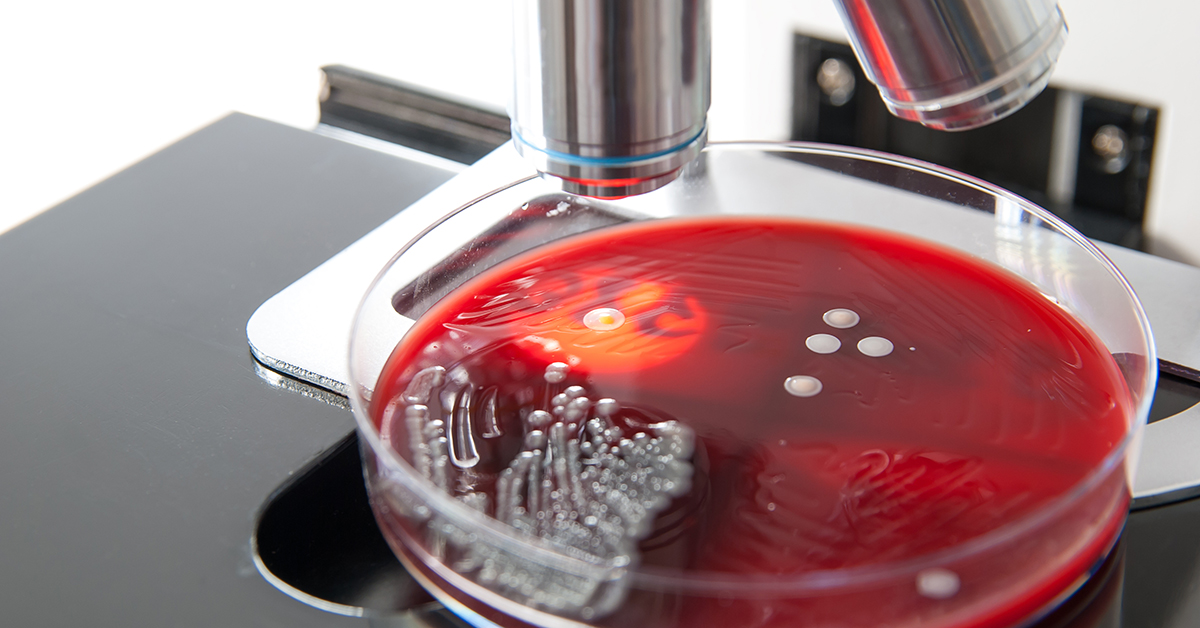
Working to decipher toxigenic profiles in foodborne bacterial pathogens
8 September 2025 | Annette Sansom, Section Lead – Emerging Microbiology
While it is well known that harmful bacteria can cause food poisoning, it is less commonly understood that illness is not always caused by consuming the bacteria themselves along with the foods. Instead, certain types of bacteria can sometimes produce toxins within food products, which when consumed can go on to cause illness.
These toxins can be formed at various stages, within ingredients, during processing or in the final food products themselves. Depending on the type, they can cause a wide range of symptoms ranging from vomiting, diarrhoea to serious neurological effects that can cause life-threatening situations. Because of this, there is keen interest in gaining a clearer understanding of when these toxins are actually formed, so that food safety strategies can be refined - helping to prevent toxin formation while keeping processes manageable and avoiding unnecessary waste.
Although we know a lot about the conditions that allow these toxin producing bacteria to grow, we know far less about the specific conditions that trigger toxin production. These can include factors such as storage temperature, pH levels, water activity, and oxygen availability or combinations of these.
Consequently, to support food manufacturers and consumers we are conducting ongoing research to enhance our understanding of these key toxin-producing foodborne pathogens and improve food safety, by identifying the conditions that trigger toxin production, as well as how to control them.
Our ongoing research
Our research centres on the key organisms that produce toxins in food, namely Staphylococcus aureus, Bacillus cereus group, and Clostridium botulinum. To better understand and manage the risks associated with these pathogens, our research is structured around several key objectives:
- Identifying reliable methods for toxin detection
- We are evaluating and refining analytical techniques to detect toxins in a wide range of food matrices
- Develop protocols for toxin recovery from foods
- o Recovering toxins from complex food systems can be challenging due to interference from food components. We are working to optimise recovery protocols that ensure accurate detection across diverse food types.
- Determining the environmental conditions that influence toxin production
- o We are investigating the specific factors that trigger toxin synthesis in these pathogens. While their growth parameters are well documented, the conditions that lead to toxin formation are less understood.
To do this, we are studying a range of environmental parameters, including:
- Temperature
- Water activity
- pH levels
- Combination of the above
Helping to inform more effective food management strategies
Although it is very much ongoing, we hope that the data from our research will provide the food industry with clearer insights as to when toxin production poses a risk, and when it does not. This will help food manufacturers make more informed decisions, potentially reducing unnecessary interventions while maintaining safety.
More widely we aim to refine methods for detecting these toxins in food and contribute towards improved food safety protocols. These outcomes would bolster Campden BRI’s testing capabilities and knowledge regarding these pathogens, leading to more effective food safety strategies and intervention techniques to prevent food intoxication.
As a result, the benefits we would be able to offer to our members and the wider food industry would include:
- Improved detection methods for foodborne toxins
- Enhanced understanding of pathogen behaviour under various conditions
- Development of effective food safety strategies and interventions
- Greater available range of testing capability and services
If you have any further questions about our work on toxigenic profiles in bacterial pathogens, or anything related to microbiological testing, we are offering a free 20-minute consultation with Annette.

About Annette Sansom
Annette has a wealth of knowledge and experience from working at Campden BRI since 1998, always within Microbiology.
Annette’s food and drink industry interests are: microbiology including bacteria, viruses, fungi and protozoa; food safety; food spoilage; fresh produce microbiology including vertical farming and methods to describe microbial populations.
How can we help you?
Got a wider question on the topic of microbiology that you need answering?
Microbiology insights
Why not take a look at our most recent collection of articles relating to this area.







